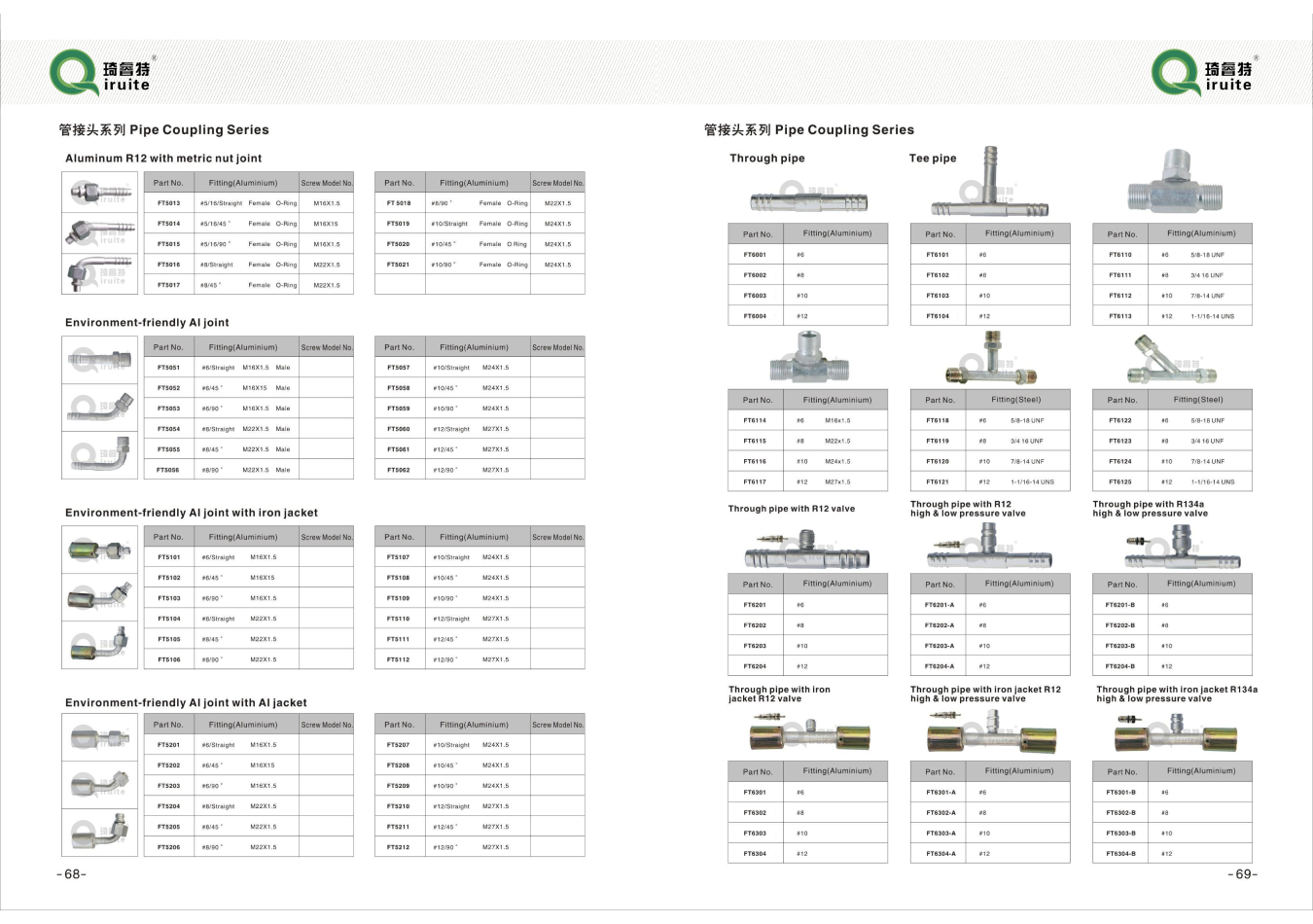hose guard guide
Understanding Hose Guard A Comprehensive Guide
In various industries, particularly in construction, agriculture, and manufacturing, hoses play a crucial role in the transfer of liquids and gases. However, hoses are often susceptible to damage from abrasion, cuts, and exposure to harsh environmental conditions. This is where hose guards come into play. They are designed to protect hoses from external threats and extend their lifespan, ensuring safety and efficiency in operations.
What Is a Hose Guard?
A hose guard is a protective device that shields hoses from physical damage. It acts as a barrier against potential hazards such as sharp edges, heavy machinery, and environmental elements. Hose guards can be made from various materials, including rubber, plastic, and metal, and they come in different sizes and configurations to accommodate various hose types and diameters.
The Importance of Hose Guards
1. Protection from Damage One of the primary functions of hose guards is to prevent abrasions and cuts. Hoses that are left exposed are prone to wear and tear when they come into contact with rough surfaces or sharp objects. Hose guards provide a shield, significantly reducing the risk of damage.
2. Improved Safety Damaged hoses can lead to leaks, which are not only costly but can also pose safety hazards. Fluid leaks can create slippery surfaces, leading to slips and falls. By using hose guards, businesses can minimize the chances of accidents and promote a safer working environment.
3. Enhanced Durability Investing in hose guards can prolong the life of hoses. Hoses that are well-protected are less likely to suffer from premature failure, resulting in significant cost savings for businesses in the long run.
4. Protection from Environmental Factors Hoses are often exposed to weather elements, such as UV rays, extreme temperatures, and moisture. Hose guards can be designed to resist these factors, shielding the hoses from deterioration over time.
Types of Hose Guards
hose guard guide

Hose guards come in various types to suit different applications
1. Protective Sleeves These are typically made from fabric or specialized plastic and are designed to wrap around hoses. They provide a flexible barrier that can absorb impacts and resist abrasion.
2. Heat Shields For hoses that operate in high-temperature environments, heat shields made from heat-resistant materials can provide essential protection against thermal damage.
3. Spring Guards These are coil-like devices placed at the ends of hoses to prevent kinking and bending, which can lead to restricted flow and damage.
4. Cable Management Systems Often used in combination with hoses, these systems keep hoses organized and protected from tangling or snagging.
Installation and Maintenance
Installing hose guards is generally straightforward. Ensure the hoses are clean and dry before applying the guards. Depending on the type of guard, you may need to secure them with additional fasteners or adhesives.
Regular maintenance is essential for hose guards to remain effective. Inspect them periodically for signs of wear, such as cuts or tears, and replace them as necessary. Keeping the hose area organized and free of clutter will also help prevent accidental damage.
Conclusion
In conclusion, hose guards are an essential asset for anyone who relies on hoses for their operations. They provide critical protection against damage, enhance safety, and extend the lifespan of hoses. By understanding the various types of hose guards and their importance, businesses can make informed decisions to ensure the longevity and efficiency of their hose systems. Investing in hose protection not only safeguards equipment but also promotes a safer and more efficient workplace environment.
-
Ultimate Spiral Protection for Hoses & CablesNewsJun.26,2025
-
The Ultimate Quick-Connect Solutions for Every NeedNewsJun.26,2025
-
SAE J1401 Brake Hose: Reliable Choice for Safe BrakingNewsJun.26,2025
-
Reliable J2064 A/C Hoses for Real-World Cooling NeedsNewsJun.26,2025
-
Heavy-Duty Sewer Jetting Hoses Built to LastNewsJun.26,2025
-
Fix Power Steering Tube Leaks Fast – Durable & Affordable SolutionNewsJun.26,2025

